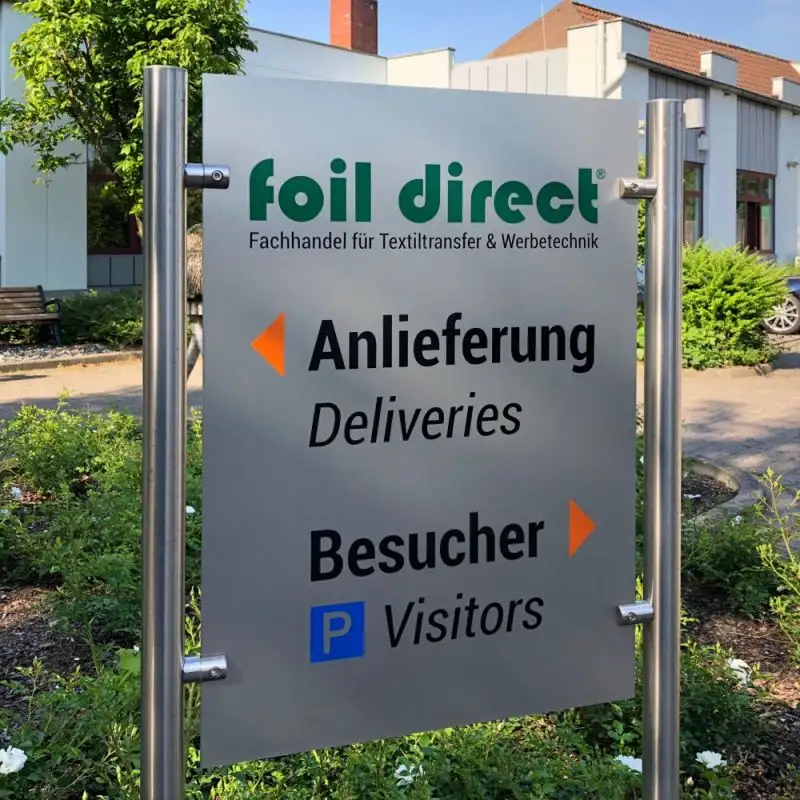The versatility of Foil Direct plotterfolien opens up a world of creative possibilities across numerous surfaces and materials. However, achieving professional, long-lasting results requires understanding how to adapt application techniques to each specific substrate. From glass and metal to fabrics and plastics, each material presents unique challenges and opportunities. Mastering these varied application methods ensures your graphics not only look impressive upon installation but maintain their appearance and adhesion through environmental exposure, cleaning, and everyday use. This guide explores the specialized techniques that deliver optimal results with Foil Direct films across the most common application surfaces.
Preparing and Applying to Glass Surfaces
Glass applications, from storefront windows to vehicle glass, require particular attention to achieve bubble-free, professional results. Begin by thoroughly cleaning the glass with isopropyl alcohol and a lint-free cloth to remove all fingerprints, oils, and residues. For large window applications, the hinge method proves most effective: apply transfer tape to your weeded design, then peel back a portion of the backing paper. Position the graphic on the glass and adhere the exposed section, creating a "hinge." This allows you to lift the remaining graphic, remove the rest of the backing, and smoothly apply the design while squeegeeing from the center outward. For frosted or etched glass effects, ensure the surface is completely dry before application, as moisture can affect the adhesive bond and create hazy areas in the finished application.

Working with Various Fabric and Textile Materials
Heat transfer vinyl applications to fabrics demand careful consideration of both the material composition and the intended use of the finished item. For cotton and cotton-blend fabrics, standard application temperatures and pressures typically yield excellent results. However, for performance fabrics, stretch materials, or heat-sensitive synthetics, adjustments are necessary. Always test on a scrap piece of the actual fabric first to determine optimal temperature, pressure, and dwell time. Use a cover sheet to protect both the HTV and the fabric from direct heat contact. For stretchy fabrics, avoid pulling the material taut during application, as this can cause the design to crack when the fabric returns to its natural state. The peel method—whether hot or cold—varies by specific Foil Direct HTV product, so always consult the technical data sheet for your particular film.
Achieving Flawless Results on Metal Surfaces
Metal substrates, including aluminum signage, vehicle bodies, and industrial equipment, present both opportunities and challenges for plotter film applications. Surface preparation is critical—clean thoroughly with isopropyl alcohol to remove any oils, waxes, or industrial contaminants. For painted metal surfaces, ensure the paint is fully cured and in good condition without cracking or peeling. On brushed or textured metals, consider whether the texture will show through the film; if this is undesirable, selecting a thicker cast vinyl can help minimize texture telegraphing. Temperature considerations are particularly important with metal applications, as metals conduct heat and cold efficiently. Avoid applying films in direct sunlight on hot metal surfaces, and in cold conditions, consider gently warming the metal before application to ensure proper adhesive activation.
Navigating Wood and Composite Material Applications
Wood surfaces, whether natural or finished, require special consideration for successful plotter film applications. For finished wood with sealed or painted surfaces, standard application techniques typically work well after proper cleaning. However, for raw or unfinished wood, the porous surface may prevent proper adhesive bonding. In these cases, consider using a compatible primer or sealant before application, or select a Foil Direct film specifically designed for low-surface-energy materials. Composite materials like MDF, plywood, or laminated surfaces each have unique characteristics. Test adhesion on an inconspicuous area first, as some composite materials may have chemical treatments or surface textures that affect long-term adhesion. For outdoor wood applications, ensure the film's flexibility matches the wood's expansion and contraction with humidity changes.

Mastering Plastic and Acrylic Substrates
Plastics and acrylics encompass a wide range of materials with varying surface energies, making some significantly more challenging for plotter film applications. High-surface-energy plastics like acrylic and polycarbonate typically provide excellent adhesion with standard application techniques. However, low-surface-energy plastics such as polyethylene and polypropylene require specialized films with aggressive adhesives formulated for these challenging substrates. Before application, identify the specific type of plastic whenever possible, as this determines the appropriate film selection and application approach. For clear acrylic applications, ensure the surface is completely free of static electricity, which can attract dust and create visible imperfections beneath the film. Using an anti-static cleaner before application helps achieve the crystal-clear results these surfaces demand.
Techniques for Vehicle and Complex Curved Surfaces
Vehicle applications represent some of the most challenging environments for plotter films, combining complex curves, varied materials, and demanding environmental conditions. Successful vehicle graphics begin with comprehensive surface preparation, including de-waxing and thorough cleaning. For complex curves, consider using a slip solution (a mixture of water and a few drops of application fluid) that allows you to position the graphic before firm adhesion occurs. This technique is particularly valuable for large panels or complex contours where precise positioning is challenging. Use appropriate heat levels to make the film more pliable during application to challenging areas, but avoid overheating, which can damage the film's adhesive or memory characteristics. For multi-piece designs, establish and follow a logical application sequence that respects panel gaps and vehicle contours.
The key to successful plotter film applications across diverse materials lies in understanding both the characteristics of the Foil Direct film you're using and the properties of the substrate you're applying to. By adapting your techniques to each specific material—from the cleaning and preparation stages through the final application and post-application processes—you ensure that your graphics achieve their full potential for visual impact and longevity. This material-specific approach not only produces better immediate results but also builds your reputation for quality work that stands the test of time. With practice and attention to these specialized methods, you'll develop the confidence to tackle increasingly challenging applications, expanding your creative and professional opportunities while delivering outstanding results that exceed client expectations.